|
2000. október 26 – 2000. december 30. A kiállítás egy három részből álló kiállítás sorozat első része, amely a XX. századi magyar festészetnek azt a progresszív vonulatát mutatja be, amely az 1905-06-os években kezdődött majd az Európai Iskoláig vezetett, és melyben zsidó festők fontos szerepet játszottak. Kiállításunk abban a történeti pillanatban kezdődik, amikor a látványtól való elszakadásra tett kísérlet a vásznon testet ölt. A síkban való ábrázolás, a szabad színkezelés, a kontúrok hangsúlyozása, majd sokkal később, a látvány térbeli felbontására tett kísérletek itt jelennek meg először. A bemutatott művészek közel egykorúak, mindannyian az 1880-as években születtek. Többnyire Nagybányáról indultak, majd Münchenben és Párizsban tanultak, ahol kapcsolatba kerültek a legújabb festészeti irányzatokkal. Nyaranta visszajártak Nagybányára így a Párizsban szerzett ismeretek rövid idő alatt elterjedtek. Az első ilyen forradalmat Czóbel Béla 1906-ban Párizsban festett képei robbantották ki Nagybányán, ahol a művész a fiatalok körében hamar követőkre talált. A festészet társadalmi megítélése, fontossága ebben az időben igencsak különbözött a maitól, ugyanis ez volt a legnagyobb hatású művészeti kifejezőeszköz, nem lévén igazi konkurenciája a képi alkotás terén. A kiállított művészek közül öten: Berény Róbert, Czigány Dezső, Czóbel Béla, Pór Bertalan, Tihanyi Lajos tagjai voltak az 1909-ben alakult Keresők, majd az 1911-ben Nyolcak néven fellépő művészcsoportnak. A kiállításon szerepelnek még Dénes Valéria, Erős Andor, Huszár Vilmos, Kosztolányi Kann Gyula, Lehel Mária, Perlott Csaba Vilmos és Ziffer Sándor alkotásai. Kurátor: Gábor Anna 26th October 2000 – 30th December 2000 The exhibition is the first in a three-part exhibition series that presents the progressive line of the XX. century Hungarian painting, which began in 1905-06and then led to the European School, in which Jewish painters played an important role. Our exhibition begins at the historical moment when the attempt to break away from the spectacle is embodied on the canvas. Plane representation, free colour management, emphasis on contours and much later, attempts at the spatial resolution of the prospect appear here first. The artists featured are nearly the same age, all born in the 1880s. They mostly started from Baia Mare, then studied in Munich and Paris, where they came into contact with the latest trend sin painting. In the summers, they returned to Baia Mare, so the knowledge acquired in Paris spread in a short time. The first such revolution was sparked off by the pictures of Béla Czóbel painted in Paris in 1906. In Baia Mare, the artist quickly found followers among young people. The social perception and importance of painting at that time was different from today. It was the most influential means of artistic expression, not having real competition in the field of visual creation. Five of the exhibited artists: Róbert Berény, Dezső Czigány, Béla Czóbel, Bertalan Pór, and Lajos Tihanyi were members of the artist group called Seekers, founded in 1909, and appearing in 1911 as The Eight. The exhibition also features works by Valéria Dénes, Andor Strong, Vilmos Huszár, Gyula Kann Kosztolányi, Mária Lehel, Vilmos Csaba Perlott and Sándor Ziffer. Curator: Anna Gábor
1 Comment
|
Tartalom:A Magyar Zsidó Múzeum és Levéltár kiállításai Categories |
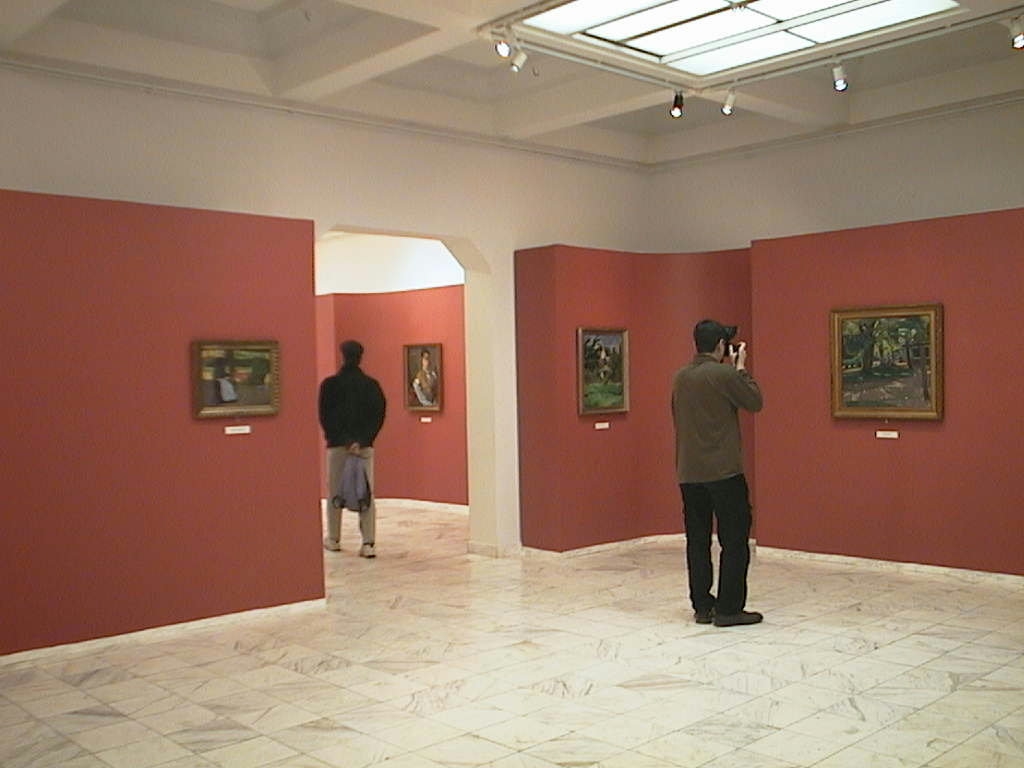
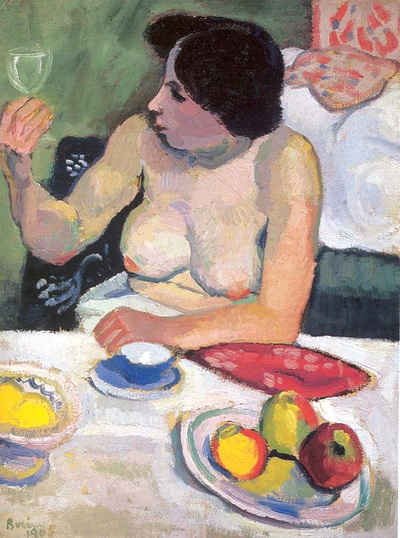
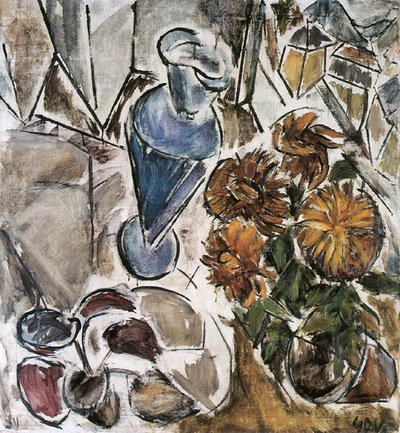
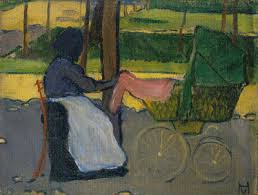
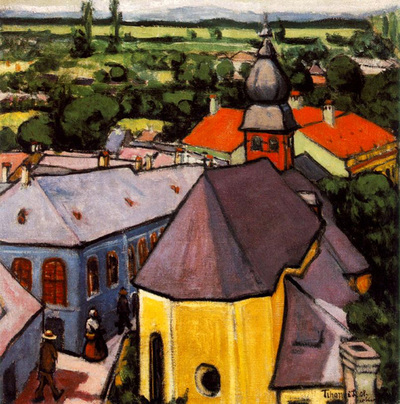
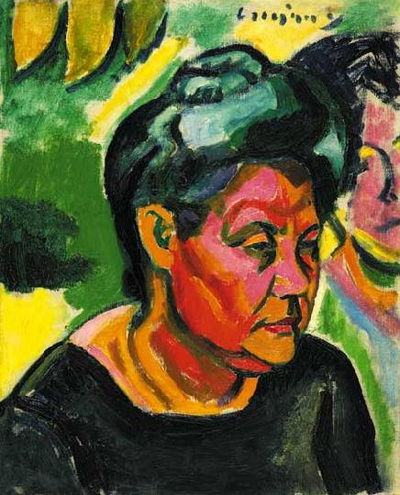
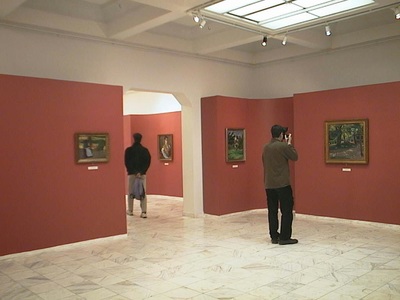
 RSS Feed
RSS Feed